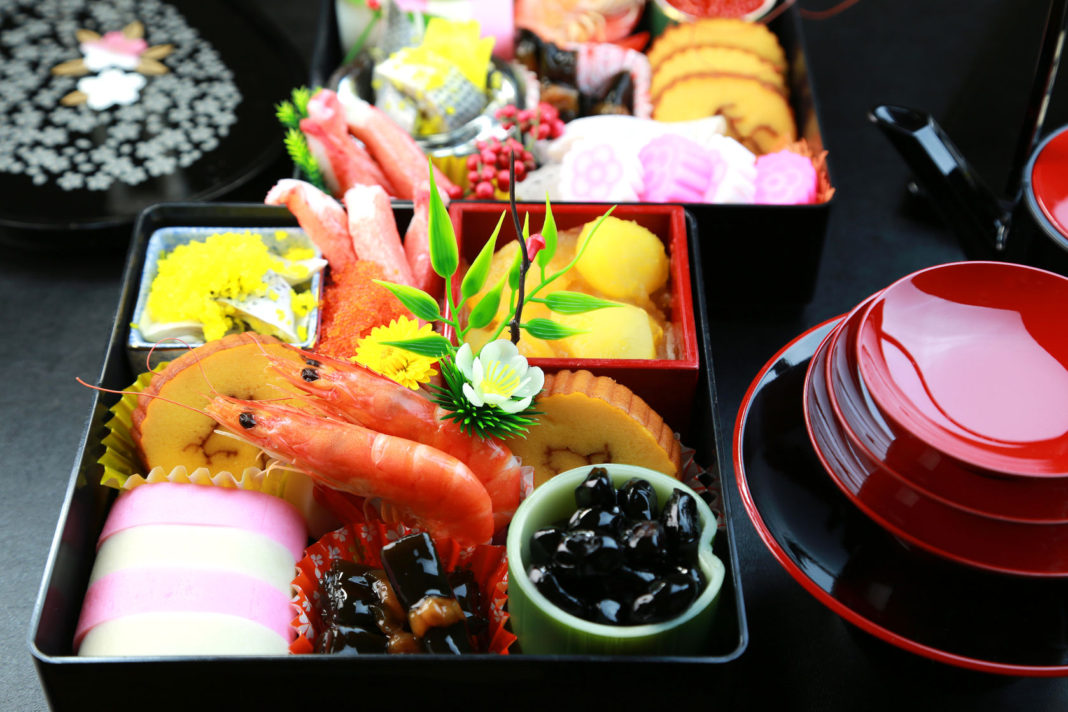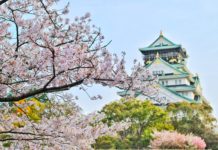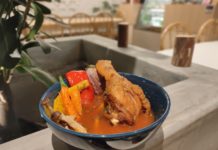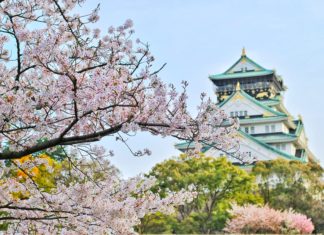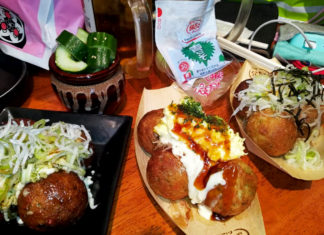There are many New Year’s traditions in Japan, but the most delicious tradition is the eating of osechi ryori which are special dishes that symbolize blessings and wishes for happiness and prosperity, on top of gratitude and welcome of the New Year. The osechi ryori dishes are packed in lacquered compact boxes called jubako that resemble bento boxes but are decoratively fancier.
These are some of the traditional osechi ryori dishes:
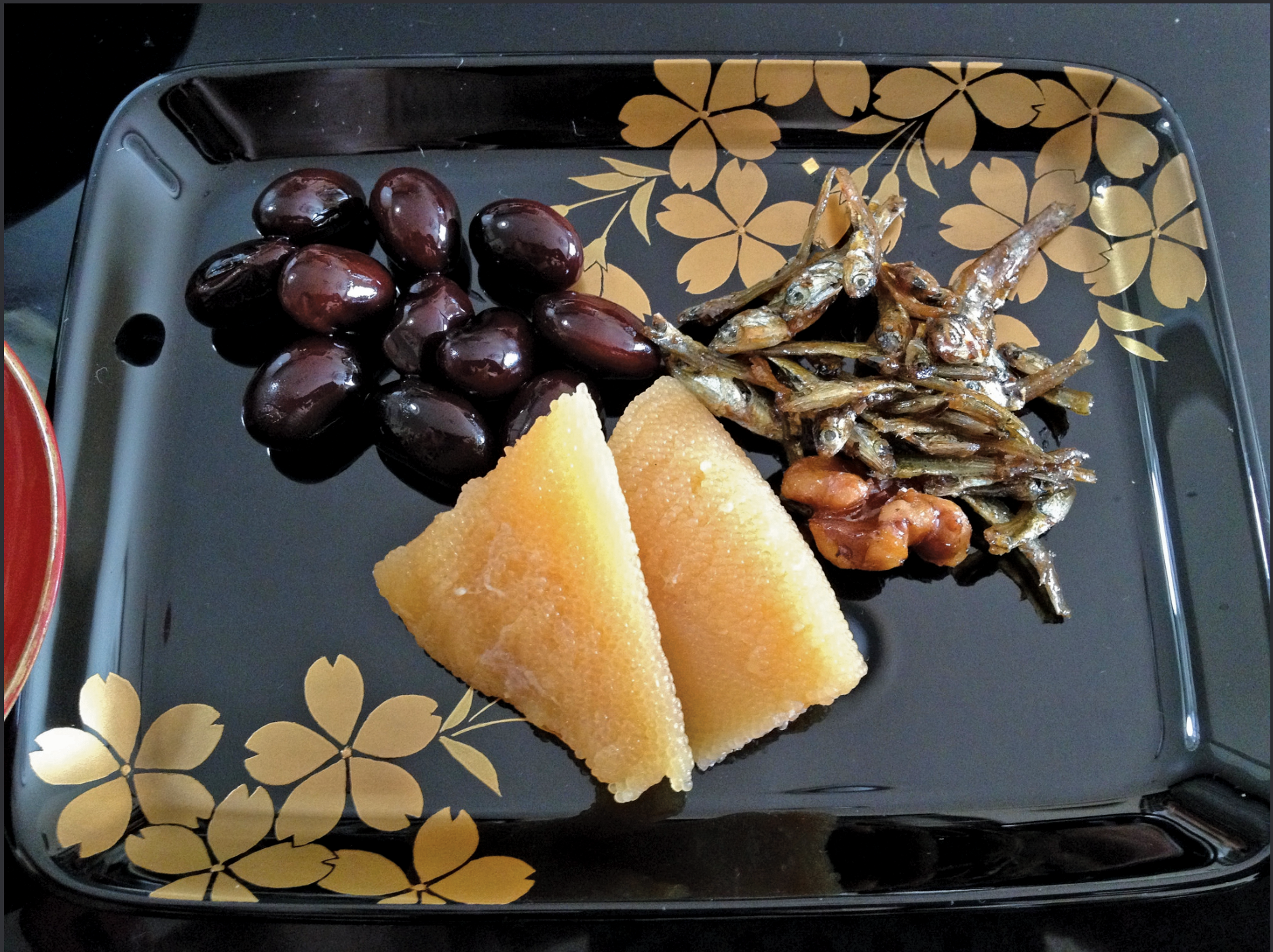
Kuromame (Black Bean)
Kuromame literally means “black bean” in Japanese. The word for bean, “mame,” sounds like the word for “hard work and good health” signifying a wish for New Year.
Kazunoko (Herring Roe)
Kazu means “number” and ko means “child.” If you eat kazu, you wish to be blessed with children in the New Year. This prized delicacy has a unique crunchy texture and is one of the most popular dishes for osechi ryori.
Tazukuri (Dried Anchovies)
Tazukuri is roasted baby sardines coated in a sweet soy sauce glaze. It literally translates as “making rice crops” and symbolizes the wish for a bountiful harvest.
Kohaku-Kamaboko
(Steamed Fish Cake)
Kamaboko comes in white and red and these colors considered to be both festive and good luck, are also seen at weddings and other festive occasions in Japan. The semicircular red rimmed slices represents the dawning of the first New Year’s day sun.
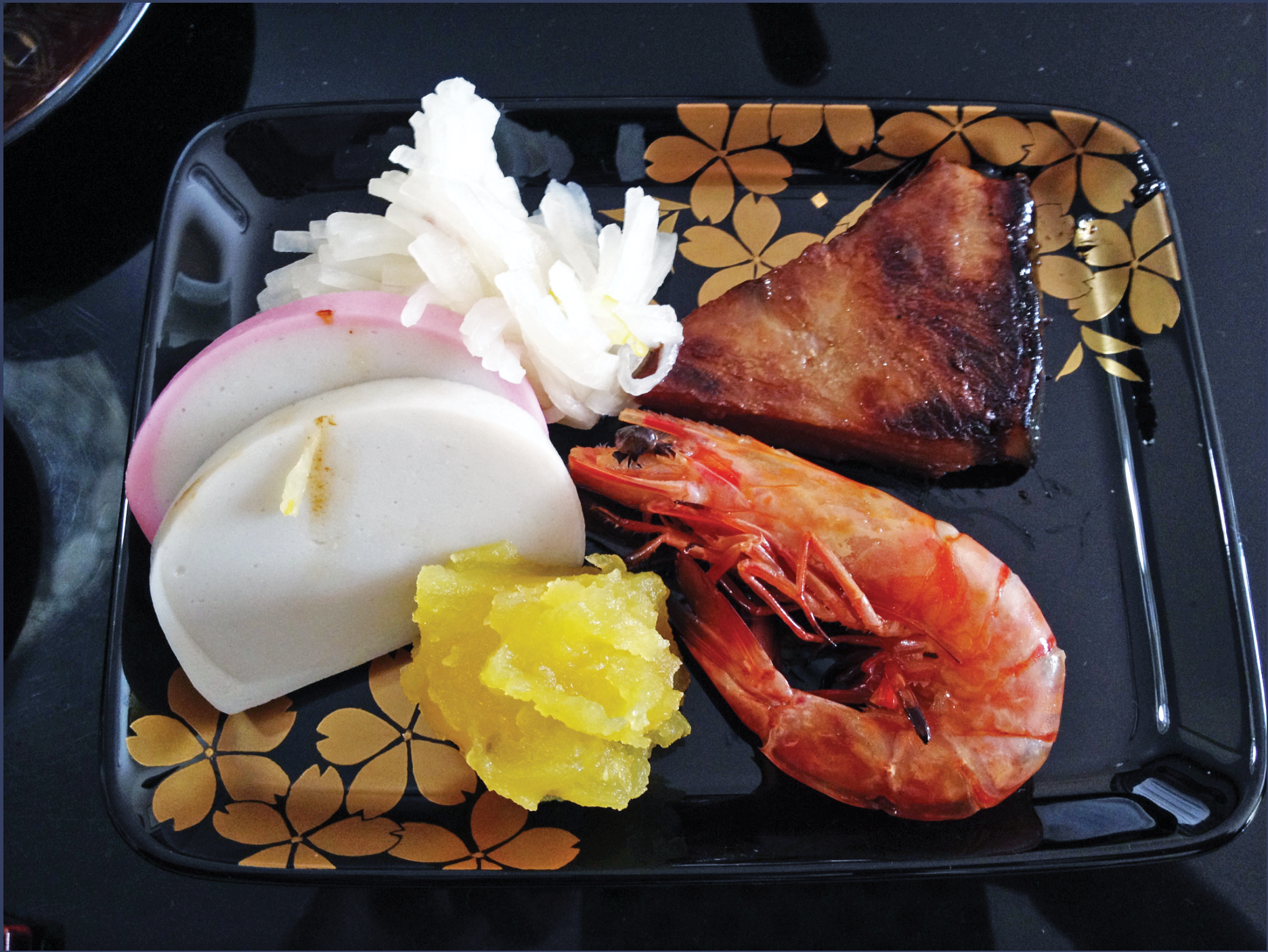
Ebi (Shrimp)
Because of their long antennae and curved body (like the curved back of the elderly), shrimp are a symbol of longevity. If you eat shrimp during the New Year, you will live “until your hips bend”.
If you plan to visit Japan during the New Year period, make sure you give osechi ryori a try. May you start the year full of happiness.



